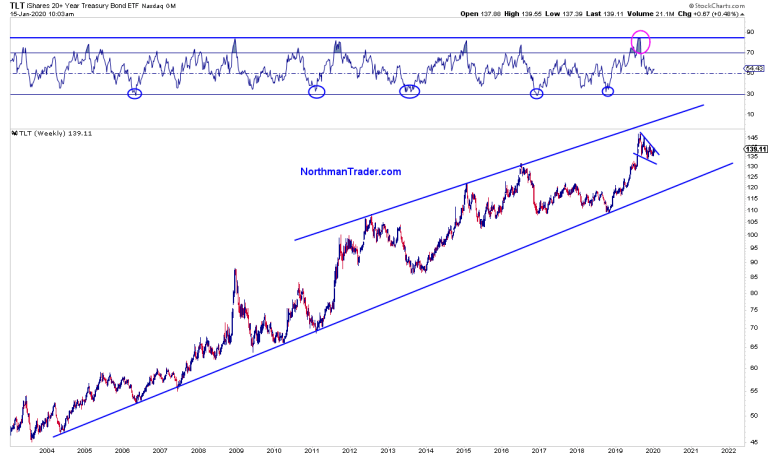Four Senate Republicans have announced support for a resolution limiting President Donald Trump’s power to engage in military actions against Iran without seeking permission from Congress first, pushing it past the 51-vote threshold needed to pass.
Sens. Rand Paul (R–Ky.) and Mike Lee (R–Utah) had previously declared their support. On Tuesday, Sens. Todd Young (R–Ind.) and Susan Collins (R–Maine) announced that they would support Sen. Tim Kaine’s resolution. The resolution would specify that the current Authorization to Use Military Force (AUMF) passed in 2002 to fight Al Qaeda does not authorize Trump to strike Iran or Iranian targets. The resolution tells the president to end any sort of hostilities with Iran within 30 days of its passage, unless Congress specifically passes a new AUMF.
The House version of the bill passed last week primarily on party lines (with three Republicans and independent Rep. Justin Amash of Michigan crossing the aisle), but was a non-binding resolution. Kaine’s version of the bill, should it pass (it would have to go back through the House again) would make it binding.
Young explained his support with his own background as a Marine. Via NPR:
“Making sure that our men and women in uniform know that me and Congress have their backs, it’s really important to me as someone who served in the U.S. Marine Corps,” Young said. He later added, “I think it’s essential that Congress, from time to time, reaffirms our Article I responsibilities and affirms our support for our men and women in uniform as we contemplate potentially putting them in harm’s way.”
Lee, who has been very vocal in his dissatisfaction at how the Trump administration has justified its drone strike assassination of Iranian Gen. Qassem Soleimani, has arranged for Kaine’s bill to be amended to make it less about Trump and more about Congress’s role of oversight over the executive branch’s war-making powers.
“I’m trying to take the focus off of the president specifically, and off of Soleimani,” Lee said. And that’s the right way to approach it. The resolution isn’t supposed to be about whether Congress agrees or disagrees with Trump’s military decisions. As the commander in chief, it’s Trump’s job to decide how to apply force. It’s the role of Congress to decide whether to authorize Trump to do so, against whom, and under which circumstances. Whether or not Trump should be arranging military actions against Iran shouldn’t be based on how members of Congress feel about Trump but on whether military action against Iran is called for and whether it will protect American safety.
But even after Lee arranged to make the bill about oversight of the president’s war-making powers rather than being about Trump, it’s unlikely to have the White House’s support and is probably going to be vetoed. The vote totals right now are not enough to overturn a Trump veto. But Lee says he believes there’s a pack of 10 Republicans in the Senate who might support the bill, so we may find out otherwise.
from Latest – Reason.com https://ift.tt/30olb3t
via IFTTT





